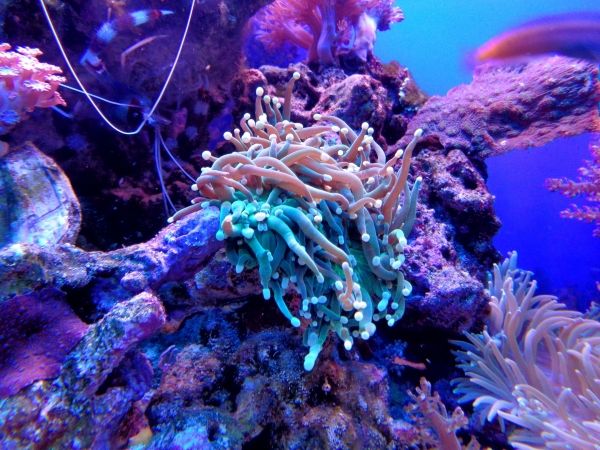The CRISPR/Cas9 genome editing system can help scientists understand, and possibly improve, how corals respond to the environmental stresses of climate change. Work led by Phillip Cleves—who joined Carnegie’s Department of Embryology this fall—details how the revolutionary, Nobel Prize-winning technology can be deployed to guide conservation efforts for fragile reef ecosystems.
Cleves’ research team’s findings were recently published in two papers in the Proceedings of the National Academy of Sciences.
Corals are marine invertebrates that build extensive calcium carbonate skeletons from which reefs are constructed. But this architecture is only possible because of a mutually beneficial relationship between the coral and various species of single-celled algae that live inside individual coral cells. These algae convert the Sun’s energy into food using a process called photosynthesis and they share some of the nutrients they produce with their coral hosts—kind of like paying rent.
Coral reefs have great ecological, economic, and aesthetic value. Many communities depend on them for food and tourism. However, human activity is putting strain on coral reefs including warming oceans, pollution, and acidification and that affects this symbiotic relationship.
Read more at: Carnegie Institution for Science
Photo Credit: AliceJeyStudio via Pixabay


